
Limits in life inspire creativity. The same is true for nutrition – when you eliminate just one component from your diet, you can find a multitude of varieties to replace it. Anyone who is vegetarian, anyone with allergies, or anyone who follows a special diet, such as a Mediterranean diet or a low-sodium diet will tell you that.
In this article, we will learn about sorghum, an ancient wild grain compatible with gluten-free and diabetic diets.
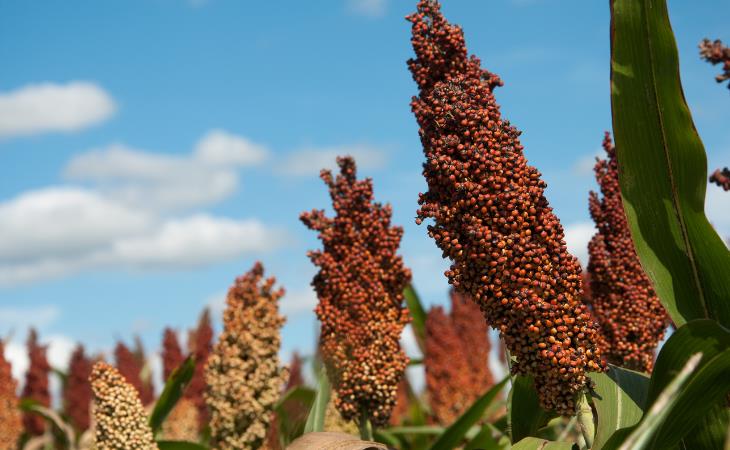
The United States is the largest producer of sorghum in the world. It is grown mainly as a feed for livestock, as a fodder plant, for sorghum syrup, and recently as an alternative grain for a gluten-free diet. Sorghum syrup is a delicious natural sweetener made from the cane and leaves of the sorghum plant. Much like honey, it does not require cooling. It is often compared with molasses, which is made from the sugarcane plant, but it is much sweeter and contains much less total sugar.
Sorghum is a long distant relative of corn. It is essentially the wild raw form of corn before it was cultivated into its current form of sweetcorn. When it grows, the stems and leaves look just like those of a corn plant. You can even pop it on the stove as you would corn. The result is much smaller and crunchier, but mighty tasty.
There are three main types of sorghum: black, white, and red. You will most likely find white sorghum in nature stores or online.
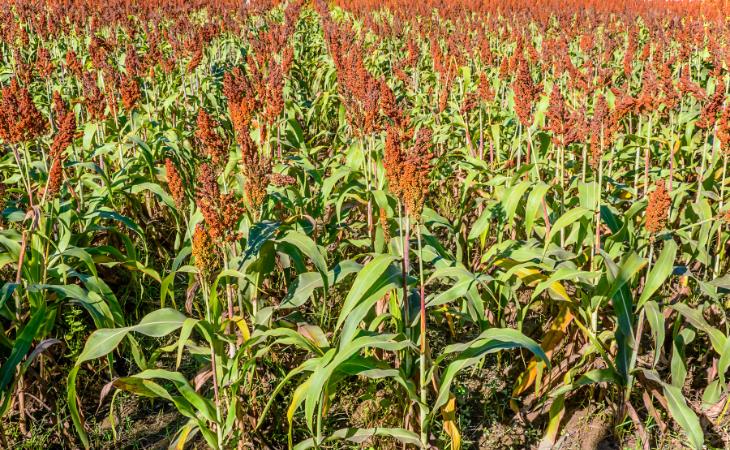
In addition to B1 and B6, sorghum also contains copper, iron, magnesium, phosphorus, potassium, selenium, and zinc. One cup of cooked sorghum contains 5 g of fiber, which makes up 20% of the daily recommended value for adults.
Related: 5 Warm Breakfast Ideas to Inspire a Gloomy Fall Morning
It has more protein and more iron than quinoa, which is highly praised for its high-protein content, but where sorghum truly shines is its high content of polyphenols. These are natural plant compounds associated with the reduction of various chronic diseases, which determine the antioxidant value of a plant food. Among all grains, sorghum has the highest content of polyphenols, making it comparable to the antioxidant potential of fruits!
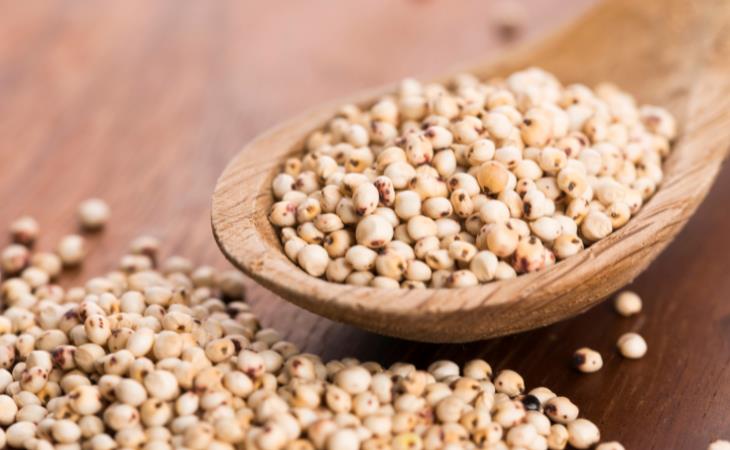
When it comes to food security, sorghum does not fall behind. It is a highly drought-resistant ancient grain that gives an exceptionally high yield. In the US, 91% of sorghum is watered by rain.
Basic recipe for sorghum
Sorghum is usually cooked in a 1:3 or 1:4 water ratio. You can either soak it overnight or skip straight to cooking it.
For every cup of sorghum boil three or 4 cups of water with some salt for taste. Wash and strain the sorghum and add it to the boiling water. Boil again, reduce heat to a gentle simmer, and cook uncovered for 50 to 60 minutes, until the greens are soft and chewy.
You can also check out these recipes:
For dinner and lunch - Sorghum Pilaf
For a festive yet easy dessert - Strawberry Vanilla Sorghum Parfait
For homemade gluten-free bread - Gluten Free Chocolate Chip Pumpkin Bread
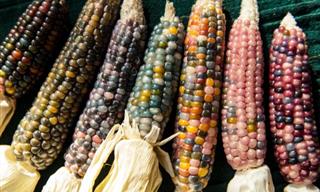
These Veggies Will Be Both the Meal and the Decorations!
Meet the 5 most beautiful vegetables in the world and how to cook them
 13:29
13:29
What Makes Sandwich Bread so Different than Bakery Bread?
The imminent differences between sandwich bread and bakery bread has an effect on your health.
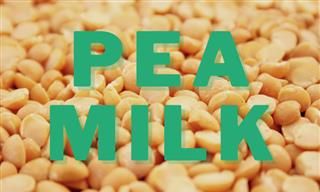
Why Pea Milk is the Best of Them All
We're so hooked on pea milk. It's an effortless, delicious, nutritious protein punch.

How a Yogurt Breakfast Can Keep You Full Until Lunch
Learn how to make a full-fat yogurt breakfast that will keep you full till lunch, and how to get omega 3 and 6.

9 Vegetables That Are Healthier Cooked
Learn about the 9 vegetables you should prefer cooked rather than raw, and why.

Hidden Danger: Understanding and Combating Visceral Fat
Visceral fat, the dangerous adipose tissue that accumulates around vital organs like the heart, liver, and kidneys, represents one of the most significant health risks of our time.
 5:21
5:21
A Few Facts You Probably Don’t Know On Salmon
Salmon - the different varieties, health benefits and more interesting facts you probably didn’t know about this popular fish

This is What You Need to Eat According to Your Age!
Learning how to feed your body properly as you age can help prevent diseases and other unnecessary complications from arising. Find out more here!

Understanding RCPD: A Distressing Swallowing Disorder
This article delves into the symptoms, causes, available treatments, and expected prognosis for individuals suffering from RCPD.

Are Some Kinds of Coffee Posing a Health Risk?
Current study reveals which types of machine-brewed coffee raise cholesterol levels more than others.

When are Anticoagulants Considered a Health Hazard?
There are several types of anticoagulants, each with different side effects, but no matter which type you take, there are some things you should do and others you should avoid.
 11:58
11:58
5 Ways to Improve Your Lung Capacity
This enlightening video will teach you to breathe more effectively by teaching you 5 simple lessons.

8 Great Reasons Why You Should Eat More Grapefruits
Grapefruits are one of the healthiest fruits around, and here 8 amazing health benefits of this delicious fruit.
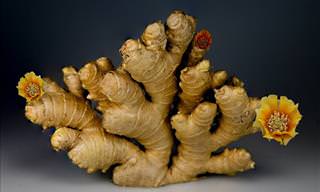 5:37
5:37
I Never Knew Ginger Could Help Me Lose So Much Weight...
If you are obese or suffer from fatty liver disease, then you really need to start consuming more ginger on a regular basis. Here's why...
 7:10
7:10
Guide: How to Set Achievable Health Goals for the New Year
Here's a guide on how to set meaningful health goals for 2025.

Can What You Eat Raise Our Risk of Parkinson’s?
An extensive American study has found that daily consumption of ultra-processed foods—such as snacks, hot dogs, sugary drinks, and packaged pastries—may double the risk of developing early neurological symptoms linked to Parkinson’s disease.
 9:21
9:21
11 Things We All Get Wrong About Food Allergies
Watch these two allergists debunk 11 common food allergy myths once and for all.
 5:22
5:22
The Insane Objects Doctors Remove From Our Bodies
you're about to find out for yourself just how crazy the kind of objects doctors pull out of people are.

A Cup of This May Protect Your Heart Better Than Exercise
Researchers from the University of Birmingham have found that a hot drink containing natural cocoa may prevent the damage to blood vessels caused by hours of continuous sitting.
 1:36
1:36
Do You Crack Your Knuckles? You Need to Watch This
Knuckle cracking is a common habit, annoying for some people, a ritual for others. But is it bad for bones? This video will reveal all.
 18:49
18:49
The 7 Best Frozen Shoulder Exercises for Quick Relief
Struggling with a frozen shoulder? Try these exercises for quick relief.
 14:07
14:07
Feeling Anxious During Bedtime? This Guide Will Help
Felling anxious while going to bed? Listen to the tips shared by this therapist on how to train your brain to worry less.
 4:19
4:19
Which Is Better for You: Brown or White Eggs?
Are brown eggs really healthier than white eggs? Let’s find out.
 11:55
11:55
11 Mistakes People Make with Supplements
These supplement mistakes could harm your health.
 4:52
4:52
The Many Mental and Emotional Benefits of Owning a Pet Dog
Dogs are loving, cute and fiercely loyal, but can they actually provide us emotional and mental support?
 6:44
6:44
A Little-Known Way to KILL Cancer...
Can vitamin D help protect against cancer? Find out…
 14:41
14:41
Look Years Younger With These Amazing Anti-Aging Exercises
These anti-aging facial exercises will help reduce wrinkles and make your skin look much younger naturally.

How 25% of Patients Managed to Prevent Diabetes
How long does it take to get rid of prediabetes, and how is it done? That's exactly what we'll answer in the following article.
 5:01
5:01
How to Balance the Damage from Eating Refined Carbs
Refined carbs can cause some serious health effects. This is what you should do to balance the damage.
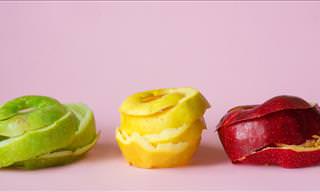 5:41
5:41
Suffer From Joint Pain? You Should Eat More Apple Peels
Could eating more apple peels reduce the effects of chronic joint pain? This video explains.
 4:46
4:46
The Sweet Trap: Sugar’s Role in Modern Health Crises
Sugar is one of the most harmful substances that can harm people - here's a film that highlights how harmful it is to the body.
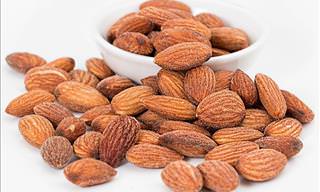 5:15
5:15
Studies Show You Can Improve Your Bone Health with Almonds
Osteoporosis is a common illness in the US. This video shows what happens to bone cells when blood is drawn before and four hours after almond consumption.
 5:04
5:04
Ever Wondered How Hormones Work? Well, Wonder No More!
Ever wondered how hormones work? Well, wonder no more as this informative TED-Ed video explains all!

Nutrition Guide: Top 10 Biotin-Rich Foods
Here are the top 10 biotin-rich foods to add to your shopping list.
 5:29
5:29
Cancer Stages: How Cancer Type Affects Staging
The stage of cancer is more than just a number.
 9:21
9:21
Is Organic Food As Healthy and Nutritious As Advertised?
Are organic foods really as healthy and sustainable as advertised, or is it just another advertising campaign? Find out from this video right now.
 8:26
8:26
Wake Up with Better Posture—Simple Sleep Tips
Correct your hunchback posture while you sleep with these easy tips.

How to Sleep With the A/C Without Getting Muscle Cramps
The cold and breeze help you fall asleep on one hand, but on the other, they can cause muscle pain and stiffness.

10 Terrific Health Benefits of Chives
The myriad health benefits of Chives have been known since the days of the Roman Empire.
 4:25
4:25
These Exercises Help Relieve Arthritic Knee Pain
Are you suffering from arthritis-related knee pain? If so, we have an excellent suggestion for you today...

Sleeping Risk: How to Save Your Brain While At Rest
For the first time, researchers have identified the effect of our breathing rate during sleep.
 4:29
4:29
What’s the Difference Between Depression and Sadness?
A video describing clinical depression, its attributes and how to help depressive individuals.
 7:36
7:36
Relax Your Hands and Relieve Pain With This Easy Method
Follow the steps in this video tutorial to give yourself a relaxing hand massage. This massage is perfect for relieving tension and pain in the hands and wrists.
 5:51
5:51
Understanding How Alzheimer’s Affects the Brain
Find out how Alzheimer's disease impacts the brain and why finding a cure remains challenging.
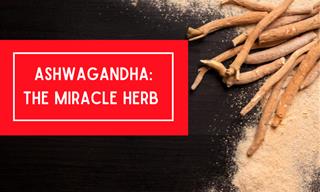
This AMAZING Herb Helps Reduce Stress and Anxiety
Ashwagandha is touted as a miracle herb and has many great health benefits. But is it really true?
 9:58
9:58
Avoid These Risky Exercises if You're 50 or Older
These exercises can actually be harmful to the elderly.

This Simple 2-Minute Massage Can Ease Foot Pain
Suffer from foot pain? This 2-minute massage will help ease symptoms.
To enable your Ad-Free Subscription, please fill the fields below
Your subscription was successful, now you can enjoy an ad-free experience!! Note: To make sure you get no ads, please make sure to log in to your account. If you are logged in already, then refresh the page. The subscription can be cancelled at any time.


